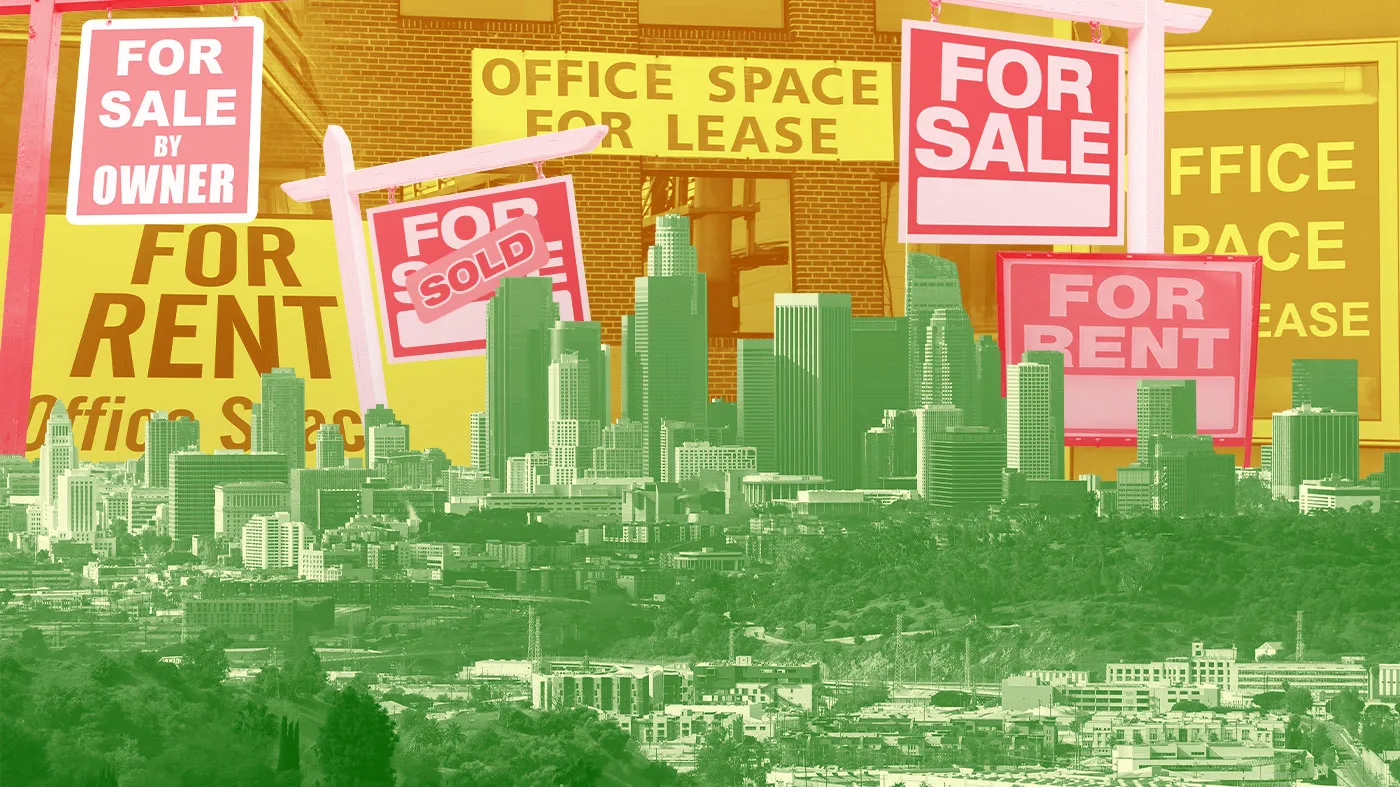Is This Economy Turning Against Cities? Analyzing Urban Real Estate Dynamics

The Shifting Landscape of Urban Real Estate
The economic effects of the pandemic on the urban real estate market are well known: spiking rents and mortgage rates, a large dip in sales, and an overall mismatch between housing supply and demand.
But the pandemic catalyzed some even bigger changes in Americans’ relationship with the real estate they live and work in. The rise of remote work and diminishing need for downtown office space are reshaping city dynamics.
Migration Trends and Their Challenges
A migratory trend out of cities has been exacerbated by soaring rental prices.
- Urban rental inflation has exploded from 1.8% in April 2021 to 8.8% in March 2023.
- Many renters now find themselves rent-burdened, using 30% of their income to cover high rents.
- Continued migration from big metros to smaller and rural areas signals a significant demographic shift.
The Future of Commercial Real Estate
The viability of commercial real estate is under threat as advancements in remote work become ingrained practices.
- Occupancy rates in offices are struggling to recover, with 51% average occupancy noted recently.
- Each office day missed impacts local businesses reliant on office workers, such as restaurants and retail.
Legislative solutions are still evolving to address these fundamental shifts in urban economic dynamics as cities face mounting challenges.
This article was prepared using information from open sources in accordance with the principles of Ethical Policy. The editorial team is not responsible for absolute accuracy, as it relies on data from the sources referenced.